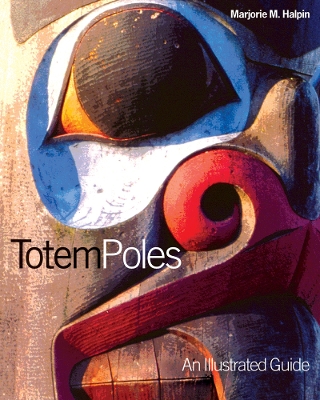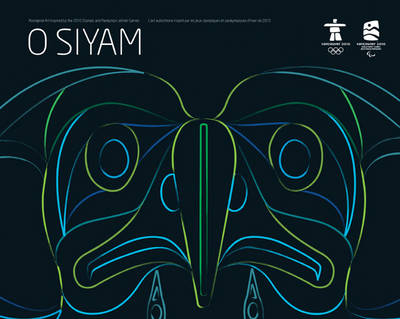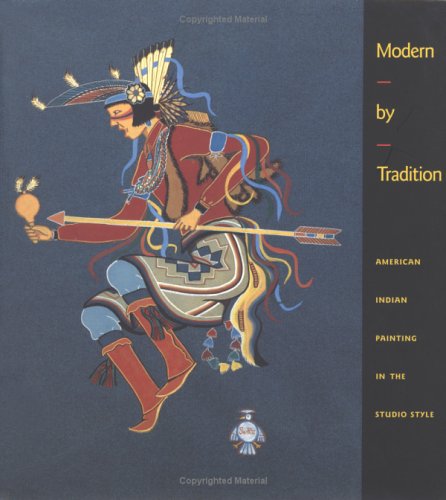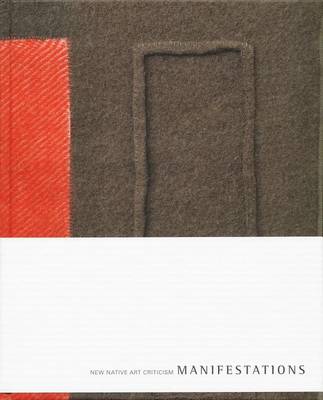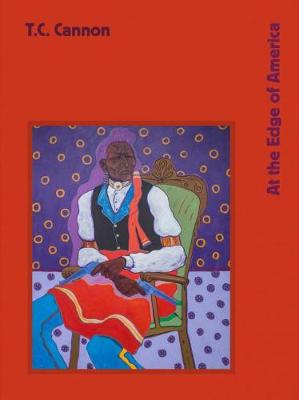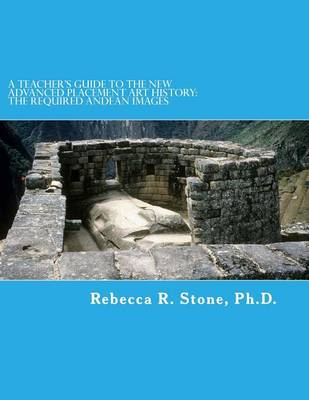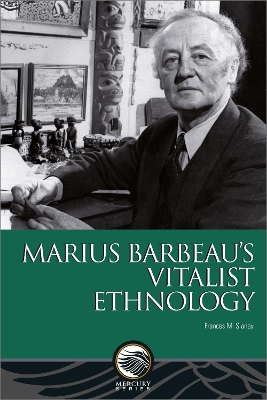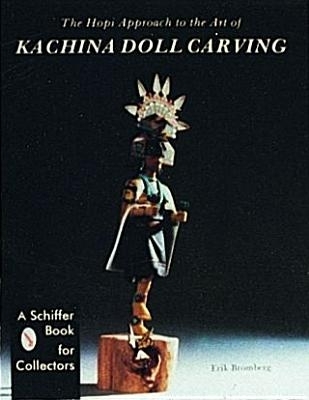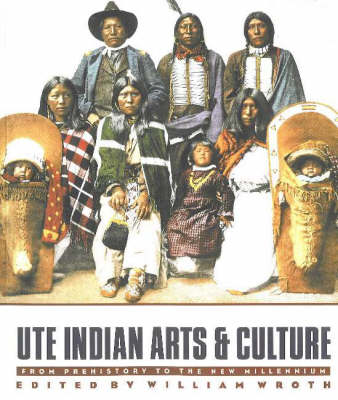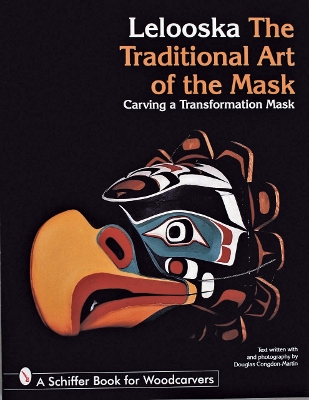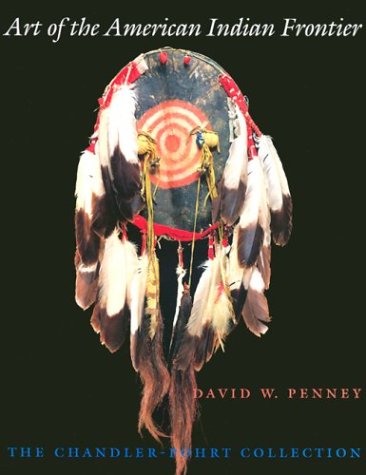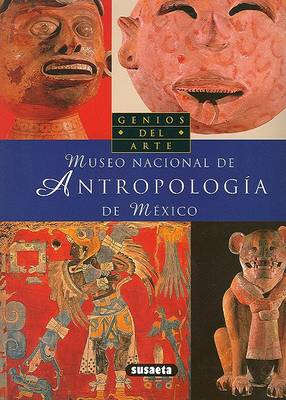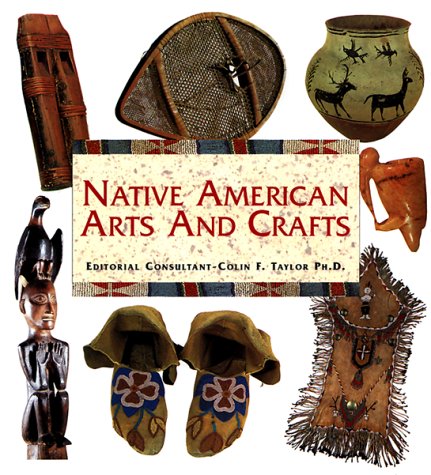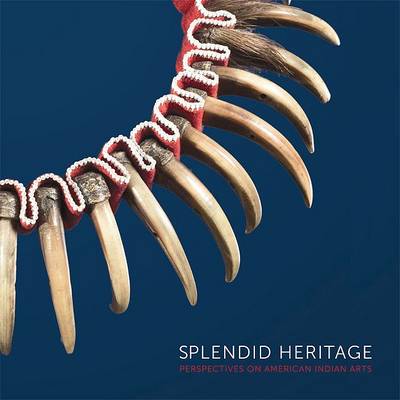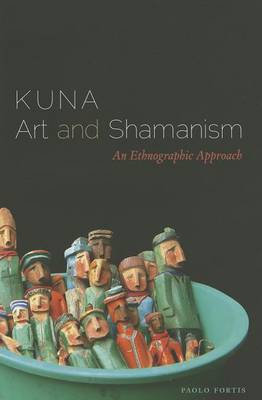The massive wood carvings unique to the Indian peoples of the Northwest Coast arouse a sense of wonder in all who see them. This guide helps the reader to understand and enjoy the form and meaning of totem poles and other sculptures. The author describes the origin and place of totem poles in Indian culture – as ancestral emblems, as expressions of wealth and power, as ceremonial objects, as mythological symbols, and as magnificent artistic works of the people of the Pacific Northwest. Halpin...
30 Days of Coloring Books for Kids and Adults Book 6
by Gary Wittmann
Modern by Tradition
by Dr Bruce Bernstein and W Jackson Rushing, III
T. C. Cannon is one of the most influential and inventive Native American artists of the twentieth century. At work during the socially and politically turbulent 1960s and 1970s, Cannon created a signature visual vocabulary influenced by his Kiowa and Caddo heritage, and artists such as Vincent van Gogh, Henri Matisse, and Robert Rauschenberg. In this vividly illustrated book, Cannon's paintings, prints, and drawings are illuminated alongside his poems and song lyrics. Meticulously researched, T...
A Teacher's Guide to the New Advanced Placement Art History
by Dr Rebecca R Stone
This book examines Marius Barbeau’s career at Canada’s National Museum (now the Canadian Museum of History), in light of his education at Oxford and in Paris (1907–1911).Based on archival research in England, France and Canada, Marius Barbeau’s Vitalist Ethnology presents Barbeau’s anthropological training at Oxford through his meticulous course notes, as well as archival photographs at the Pitt Rivers Museum and the Bibliothèque et Archives nationales du Québec. It also draws upon Barbeau’s pro...
Time and the Ancestors (Early Americas: History and Culture, #5)
by Maarten Jansen and Gabina Aurora Perez Jimenez
In Time and the Ancestors: Aztec and Mixtec Ritual Art, Maarten Jansen and Aurora Perez present new interpretations of enigmatic masterpieces from ancient Mexico. Combining iconographical analysis with the study of archaeological contexts, historical sources and living cultural traditions, they shed light on central symbols and values of the religious heritage of indigenous peoples, paying special attention to precolonial perceptions of time and the importance of ancestor worship. They decipher...
The Hopi Approach to the Art of Kachina Doll Carving
by Eric Bromberg
The beautiful diversity of Hopi Kachina dolls is pictorially presented to show past, present, and evolving styles. These carved representations of ceremonial figures taking part in celebration of the Kachina religion are highly collected by Indian and white peoples alike. This book serves to explain, compare, and present the variety of dolls that are found through color pictures, line drawings and a concise text. The carvers are given a great deal of recognition throughout the book as the discus...
The Ute tribes whose arts and culture are the focus of this handsome book are mountain people centred in Colorado with territory extending into New Mexico and Utah. The essays collected here are contributed by Ute cultural leaders and by other scholars. They reveal the richness of Ute material culture, heretofore almost unknown, in groundbreaking studies of Ute prehistory, history, world view, culture, and art. The book is illustrated with colour photographs of 139 historic artefacts and over 40...
Objects of Myth and Memory
by Diana Fane, Research Anthropologist Ira Jacknis, and Lise M Breen
The Brooklyn Museum has played a major role in presenting andinterpreting North American Native art. Its commitment to this fieldbegan in 1903, when R. Stewart Culin was appointed to head its newDepartment of Ethnology. During three trips to the Northwest in 1905,1908, and 1911, Culin collaborated with Dr. Charles F. Newcombe andbought several pieces from Newcombe's own collection, includingobjects from the Haida, Kwakiutl, Nootka, and Salish as well as someTlingit, Tsimshian, and Athapaskan pie...
Traditional carving techniques and step-by-step instructions for creating beautiful masks of the Kwakiutl people of the Pacific Northwest. The masks of the Kwakiutl people of the Pacific Northwest are noted around the world for their bold colorful designs. Used for dramatic recreations of the ancestors’ adventures, they carry a depth of social, historical, and religious meaning. This is a rare look into the traditional ways of creating these beautiful masks that have brought such admirat...
Art of the American Indian Frontier examines an incomparable collection of nineteenth-century Native American art from the North American Woodlands, Prairie, and Plains. The collection resulted from the efforts of Milford G. Chandler and Richard A. Pohrt, whose early childhood fascination with the Indian frontier past evolved into a deep and comprehensive interest in Native American ceremonies, beliefs, and art. Though neither was wealthy or enjoyed the sponsorship of a museum, they traveled ext...
Known for their beautiful textile art, the Kuna of Panama have been scrutinized by anthropologists for decades. Perhaps surprisingly, this scrutiny has overlooked the magnificent Kuna craft of nuchukana-wooden anthropomorphic carvings-which play vital roles in curing and other Kuna rituals. Drawing on long-term fieldwork, Paolo Fortis at last brings to light this crucial cultural facet, illuminating not only Kuna aesthetics and art production but also their relation to wider social and cosmologi...
